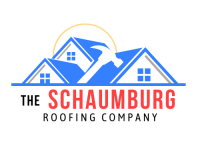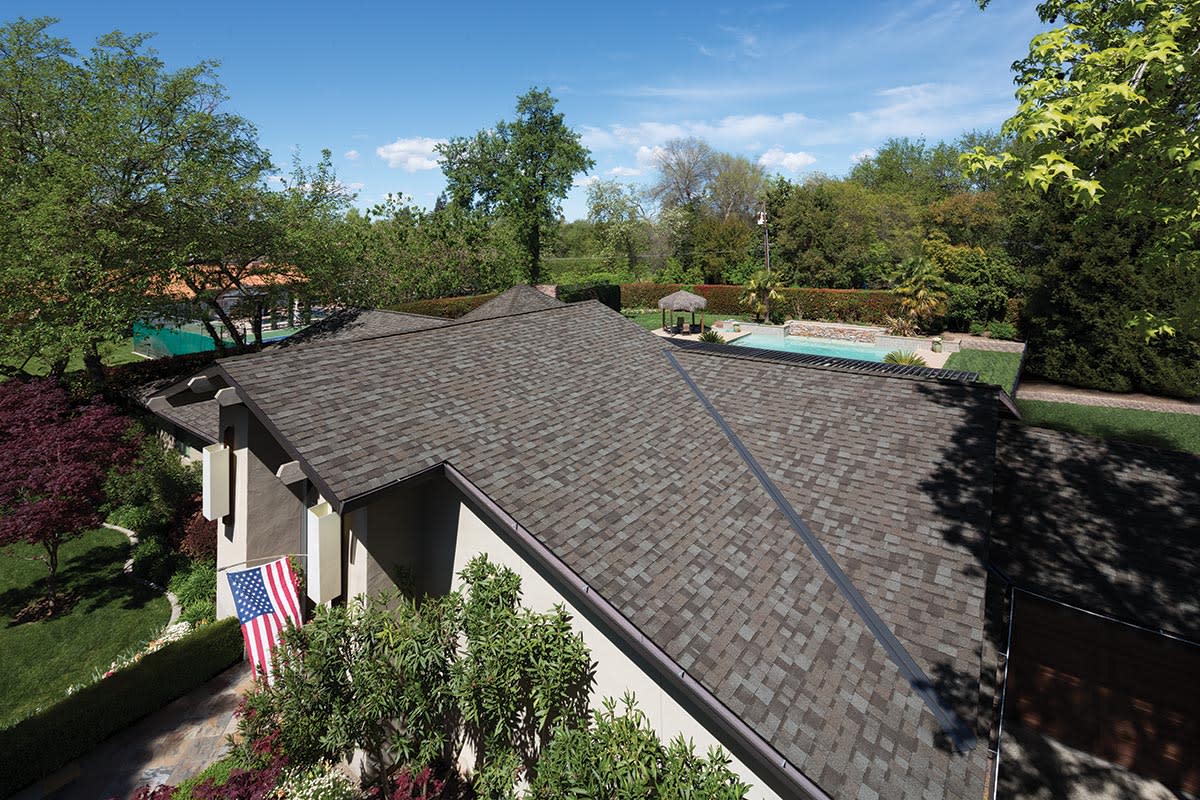Determining the Right Time for Roof Replacement
Your roof is a crucial element in safeguarding your home and its contents from the elements. If you were involved in building your house, you likely have a record of the roof installation and a general sense of when it might need replacement. However, for those who bought their house, understanding the roof’s history and the appropriate time for replacement can be challenging.
So, how do you recognize when it’s time to replace your roof?
3 Clear Indicators Your Roof Requires Replacement
1. Roof “Age Spots”
Roofs visibly show signs of aging, and while older roofs may still keep the elements out, they become more susceptible to damage from wear and tear over time. Signs of an aging roof can often be spotted from ground level, though it’s advisable to leave on-roof inspections to professionals.
Key indicators that your roof may be past its prime include:
- Uneven shingles: Cupped, wavy, or curled shingles suggest an aging roof.
- Bald shingles: Loss of granules exposes shingles to UV rays, accelerating aging.
- Cracked shingles: UV ray exposure may cause shingles to dry out and develop surface cracks.
- Discoloration: Fading color due to UV degradation signals an aging roof.
- Dark streaks: Algae growth may not only be an aesthetic concern but can damage shingles.
- Moss: Excessive moss can lead to granule loss and water retention, impacting shingle health.
- Time: While high-quality asphalt shingles can last two to three decades, constant exposure to the elements necessitates replacement.
2. Roof Storm Damage
The roof serves as a primary defense against nature’s forces, making it vulnerable to storm damage. Hailstorms and strong winds can inflict immediate harm, compromising shingles, flashing, and gutters. Visible signs include loss of granules, divots, and cracks, with potential splits beneath the shingles from hail impacts.
Hailstorms and winds exceeding 50-60 miles per hour can leave your roof exposed to the elements. Shingles blown off or damaged may lead to water infiltration, warranting a thorough roof inspection following severe weather events.
3. Leaking Water
Water leakage demands swift attention, as it can quickly damage the roof deck, insulation, drywall, and lead to mold growth. Aging roofs or those damaged by storms may lose their ability to repel water, creating vulnerabilities.
Winter brings additional risks, as thawing and refreezing snow over eaves can form ice dams. These dams may allow water to seep underneath shingles, finding its way into your home. Identifying the source of leaks can be challenging, but inspecting the attic after rainfall or snowfall is a crucial step.
Conclusion: Act Promptly for Roof Health
Recognizing these signs and acting promptly is vital for maintaining a watertight, protective roof. Whether through regular inspections, addressing storm damage, or resolving leaks, attending to your roof’s needs in a timely manner ensures the longevity of your home’s defense against the elements. Consult with roofing professionals for thorough inspections and expert guidance on the condition of your roof.







